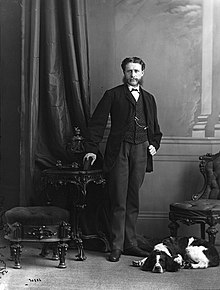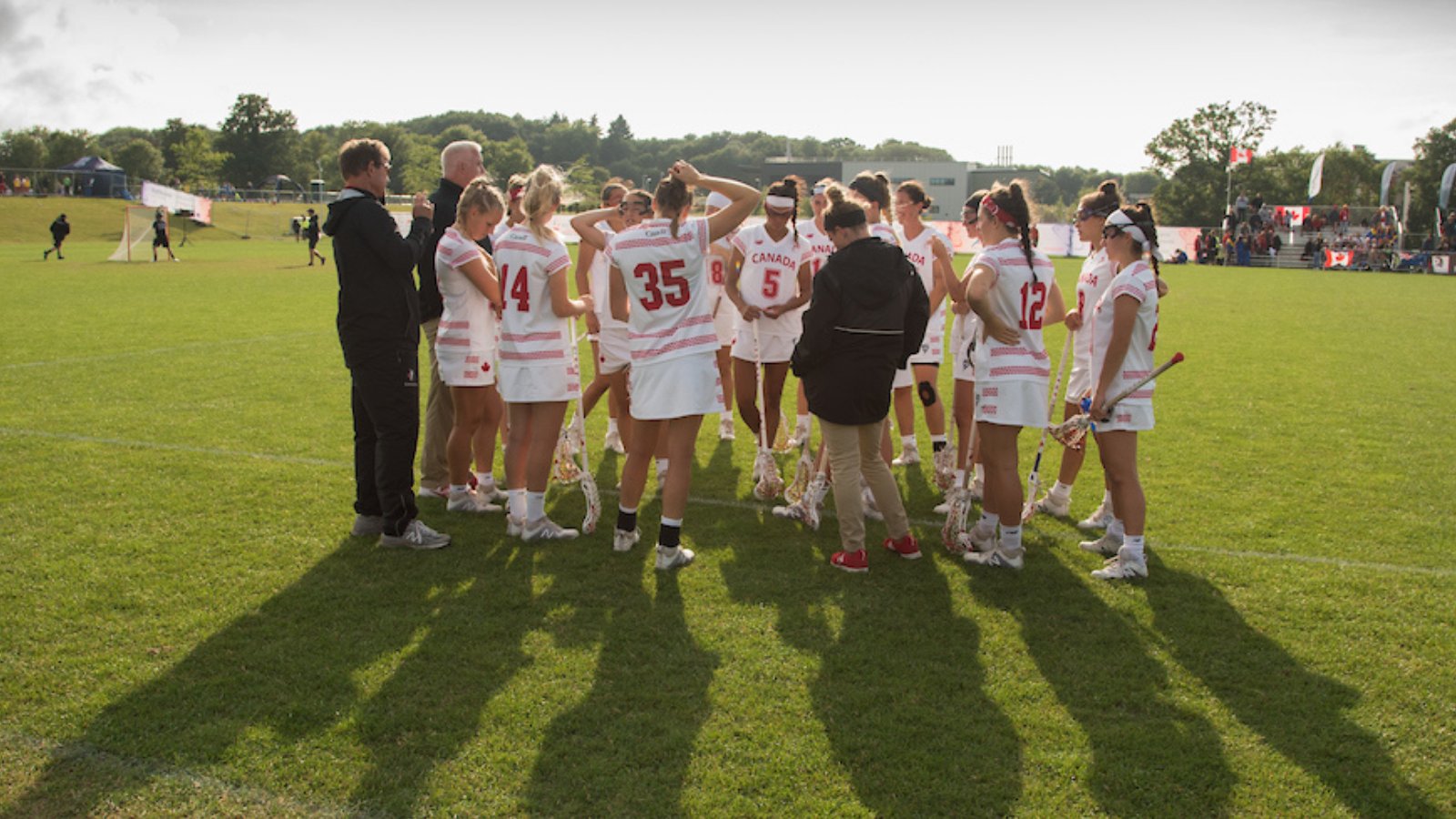As we continue to shine a light on countries working diligently to grow the game, we now take a deeper look into lacrosse in Canada with Taylor Retter. Retter is a marketing assistant at Lacrosse Canada and has spent years in the journalism and communications fields. She was hired in June to assist in developing the organization’s brand.
Lacrosse Canada Has a Rich History
What is the history of the sport in your country?
Lacrosse is Canada’s oldest sport. While it was officially recognized as Canada’s National Game in 1859, the culture and tradition predate recorded history. Known as the Creator’s Game, versions of the game were played by every Indigenous tribe across Turtle Island and had great spiritual significance.
Today, on National Indigenous People’s Day, we celebrate the many contributions of First Nations, Inuit and Métis peoples. 🥍🟠#lacrosse #lacrossecanada #canadalacrosse #history #lax #growthegame #nationalindigenouspeoplesday #woodenstick pic.twitter.com/7MAW2YyYD3
— Lacrosse Canada (@LacrosseCanada) June 21, 2021
When European settlers came to the continent, they were in awe of the scope of the game, but noticed that it was played differently from community to community. Thus, they began to codify rules for the first time, led by Dr. George Beers, a dentist in Montreal. In the 1840s, European settlers played their first games against the Indigenous peoples, and it quickly won their loyalty and interest. The earliest French settlers felt the sticks used to play reminded them of a Bishop’s crozier (staff) and began referring to them as “crosse,” the French word for crozier. This is how the game got its modern name, from “La Crosse.”
By the 1860s, the first non-Native clubs were being formed, which led to rivalries against opposing teams and ultimately the competitive sport we know today.
Who is responsible for starting Modern lacrosse in your country?

Indigenous communities across Turtle Island were the original players of the game we now know as lacrosse, but the modern version played today stemmed from the efforts of Dr. William George Beers of Montreal. A goalkeeper himself, he would go on to create the first set of playing rules in 1860 and is referred to as the “father of modern lacrosse.”
What disciplines do you participate in (box, field, sixes, men’s, women’s)?
Men’s and women’s field lacrosse and box lacrosse.

How many players are registered in your country?
Lacrosse Canada is composed of 10 Member Associations representing nearly 80,000 individual participants, which includes coaches, officials, and athletes of all ages and abilities.
What do you want the world to know about lacrosse in your country?
Lacrosse in Canada values the heritage and roots of the game and looks to elevate the game wherever possible. As Canada’s national summer sport, lacrosse is a big part of Canada’s identity, and we will continue to support, develop, and preserve the sport.
What ways do you spread the game and educate people about lacrosse in your country?
Lacrosse Canada works with its MAs to develop programs and offer services that can be delivered to clubs and teams across the country. Lacrosse Canada establishes standardized programs and resources in areas such as athlete development, coach training and development, official training and development, and event organization. We also oversee the planning and execution of our historic national championships and work behind the scenes to help raise the profile of the sport.
Would lacrosse being in the Olympics help with the growth of the sport in your nation? How and why?
Let’s go! 😍
— Team Canada Lacrosse (@CanadaLacrosse) July 20, 2021
—
Allons-y !😍 https://t.co/v242T6MmrR
Of course! Sports in the Olympic Games receive quite a bit of exposure, and it wouldn’t hinder the sport. The conclusion of every Olympic cycle also sees an increase in sport participation, so naturally this could carry into lacrosse as well. The 1904 Olympic Games were the first time Canada sent an official delegation to the Games, and they won gold. While lacrosse in the Olympics was short lived, it remains the only team sport in which Canada has won more gold medals than the rest of the world combined. Celebrating lacrosse on the world stage again is something we, and thousands of lacrosse fans and players across Canada, would love to see.
Is there anything else you’d like to add?
A fun story: In 1876, Beers and a team of Canadian and Indigenous players travelled to the United Kingdom to showcase the sport. Queen Victoria watched a game and was impressed, calling it “very pretty to watch.” This led to many English girls’ schools to adopt the sport at the turn of the 20th century and is one of the reasons for its legacy abroad.
How to contact
Twitter: @LacrosseCanada
Instagram: @LacrosseCanada
Website: https://www.lacrosse.ca/ + https://crossecanada.ca/
